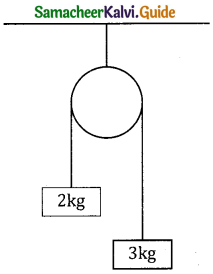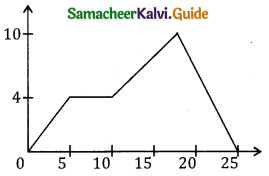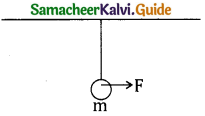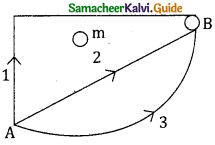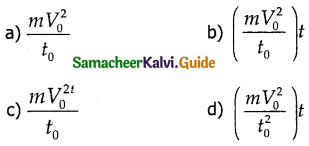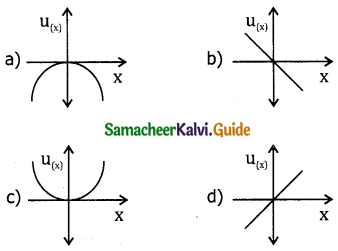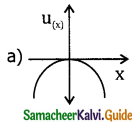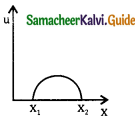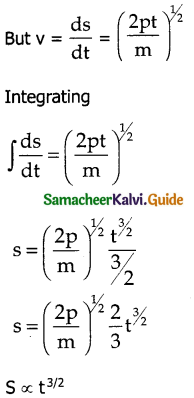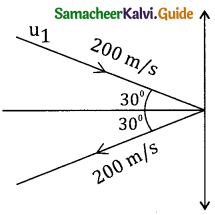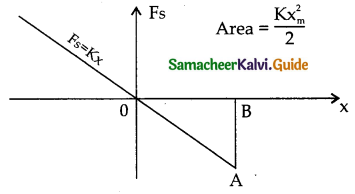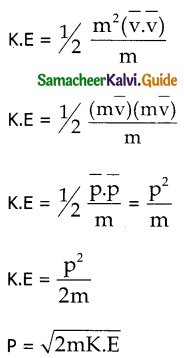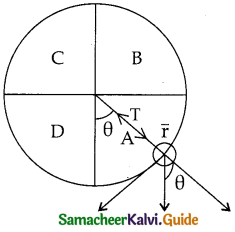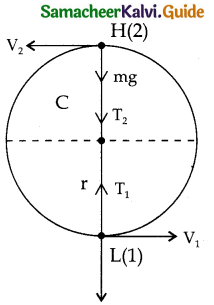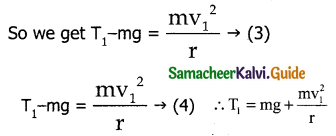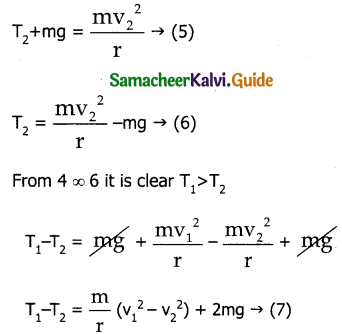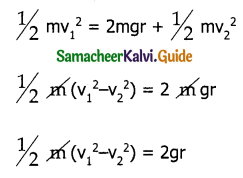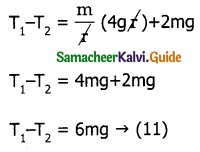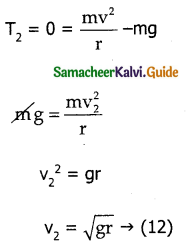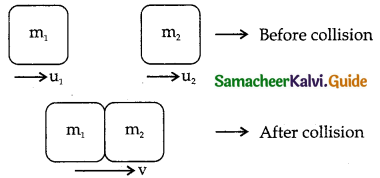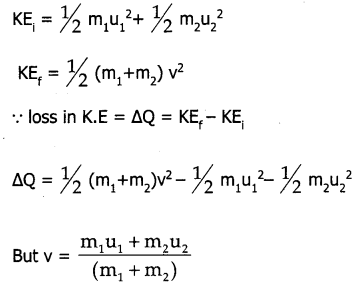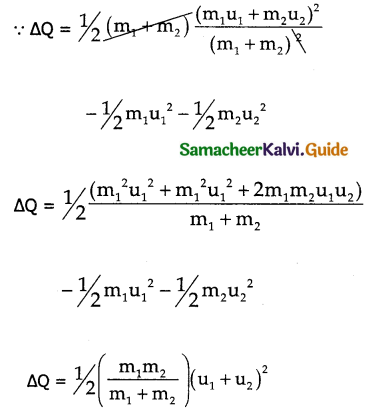Tamilnadu State Board New Syllabus Samacheer Kalvi 11th Commerce Guide Pdf Chapter 17 Social Responsibility of Business and Business Ethics Text Book Back Questions and Answers, Notes.
Tamilnadu Samacheer Kalvi 11th Commerce Solutions Chapter 17 Social Responsibility of Business and Business Ethics
11th Commerce Guide Social Responsibility of Business and Business Ethics Text Book Back Questions and Answers
I. Choose the Correct Answer
Question 1.
Which type of Responsibility gives the benefit to the Society out of its profits earned?
a) Legal
b) Ethical
c) Moral
d) Economic
Answer:
c) Moral
Question 2.
The Stakeholders of Socially Responsible business units are except
a) Share Holders
b) Employees
c) Government
d) Company
Answer:
d) Company
![]()
Question 3.
Assuming Social Responsibility of business helps the enterprise in
a) Increase profit
b) Decrease profit
c) Sustainability
d) Equilibrium
Answer:
c) Sustainability
Question 4.
Socially Responsible business provides goods at
a) high price
b) low price
c) reasonable price
d) moderate price
Answer:
c) reasonable price
![]()
Question 5.
Social Responsibility towards employees represents the following except
a) Reasonable remuneration
b) proper facilities
c) Social security
d) exploitation
Answer:
d) exploitation
II. Very Short Answer Question
Question 1.
What do you mean by Social Responsibility?
Answer:
The term social responsibility is defined in various ways. Every businessman earns prosperity from business and should give back the benefit of this prosperity to society.
Question 2.
Give the meaning of Social Power.
Answer:
The decisions and actions taken by the businessmen affect the lives and fortunes of society. All the businessmen have considerable social power. The important matters as level of employment, rate of economic progress, and distribution of income among the various groups are determined by the business people. This is known as social power.
![]()
Question 3.
What is a free enterprise?
Answer:
A business enterprise which accepts and discharges social obligations enjoys greater freedom. Thus, social responsibilities are essential for avoiding governmental action against business. Such action will reduce the freedom of decision making in business.
Question 4.
Who are called Stakeholders?
Answer:
A business organization is a combination of several interest groups or stakeholders. Shareholders, customers, employees, suppliers, government and its agencies unions, and the community from which the business draws its resources, etc. are called stakeholders.
Question 5.
What is ethical Responsibility?
Answer:
Ethical Responsibility includes the behaviour of the firm that is expected by society but not codified in law. For example, respecting the religious sentiments and dignity of people while advertising for a product. There is an element of voluntary action in performing this responsibility.
III. Short Answer Question
Question 1.
Define the Concept of Social Responsibility?
Answer:
The term social responsibility is defined in various ways. Every businessman earns prosperity from business and should give back the benefit of this prosperity to society. This is voluntary. This benefit is the moral responsibility of business. As this benefit is supposed to be passed on to society, it can be said to be the social responsibility of business.
![]()
Question 2.
Why you do think the Social Responsibility of business is needed?
Answer:
1. Self – Interest: A business unit can sustain itself in the market for a longer period only by assuming some social obligations. Normally businessmen recognize that they can succeed better by fulfilling the demands and aspirations of society.
2. Creation of Society: Business is a creation of society and uses the resources of society. Therefore, it should fulfill its obligations to society.
Question 3.
What are the benefits derived by employees of a Socially Responsible business enterprise?
Answer:
The benefits derived by employees of a socially responsible business enterprise include:
- Timely and regular payment of wages and salaries.
- Proper working conditions and welfare amenities.
- Opportunity for better career prospects.
- Job security as well as social security like facilities of provident fund, group insurance, pension, retirement benefits, etc.
- Better living conditions like housing, transport, canteen, arches, etc.
- Timely training and development.
![]()
Question 4.
Enumerate the points relating to why business units are Socially Responsible?
Answer:
- Protection of Stakeholders Interest
- Promotion of Society
- Assessment of Social Impact
Question 5.
List the kinds of Social Responsibility.
Answer:
The following are the various kinds of social responsibility:
- Economic Responsibility
- Legal Responsibility
- Ethical Responsibility
- Discretionary Responsibility
IV. Long Answer Questions
Question 1.
Explain in detail the concept and need for Social Responsibility?
Answer:
The term social responsibility is defined in various ways. Every businessman earns prosperity from business and should give back the benefit of this prosperity to society. This is voluntary. This benefit is the moral responsibility of business. As this benefit is supposed to be passed on to society, it can be said to be the social responsibility of business.
Need:
- Self – Interest: A business unit can sustain in the market for a longer period only by assuming some social obligations. Normally businessmen recognize that they can succeed better by fulfilling the demands and aspirations of society.
- Creation of Society: Business is a creation of society. Therefore, it should fulfill its obligations to society.
- Social Power: Businessmen have considerable social power. Their decisions and actions affect the lives and fortunes of society.
- Image in the Society: A business can improve its image in public by assuming social obligations, good relations with workers, consumers, and suppliers help in the success of the business.
![]()
Question 2.
Illustrate with examples the arguments for Social Responsibility?
Answer:
The following are the main arguments for social responsibility:
Protection of Stakeholders Interest:
A business organization is a coalition of several interest groups or stakeholders. Example — shareholders, customers, employees, suppliers, etc. The business should, therefore, work for the interest of áll of them rather than for the benefit of shareholders/owners alone.
Promotion of Society:
Business is a sub-system of society. It draws support and šustenance from society in the form of inputs. Socially responsible behavior is essential to sustain this relationship between business and society. During the course of its functioning, a business enterprise makes several decisions and actions. Its activities exercise a strong influence on the interests and values of society. Businesses must fulfill social obligations as compensation for undermining the legitimate interests of society.
Organized Social Power:
Large corporations have acquired tremendous social power through their multifarious operations. Social power may be misused in the absence of social responsibility. There should be an equilibrium between social power and social responsibility.
Legitimacy:
It is in the enlightened self-interest of businesses to assume social responsibility. Social responsibility legitimizes and promotes the economic objectives of the business. By improving social life, businesses can obtain better customers, employees, and neighbors. Social responsibility thus builds good citizenship as well as good business.
Competence:
Business organizations and their managers have proved their competence and leadership in solving economic problems. Society expects them to use their competence to solve social problems and thereby play a leadership role.
Professional Conduct:
Professional managers are required to display a keen social sensitivity and serve society as a whole. Social responsibility is one of the professional demands on managers. They adhere to the code of conduct and ethics applicable to their respective area of operation.
Public Opinion:
Adoption of social responsibility as an objective will help to improve the public opinion of the business. A good public image is a valuable asset for the business. For example maintaining parks, traffic islands, and organizing awareness camps, etc.
![]()
Question 3.
What are the arguments against Social Responsibility?
Answer:
Critics of the Social Responsibility concept put forward the following arguments:
Lack of Conceptual Clarity:
The concept of Social responsibility is very vague and amenable to different interpretations. There is no consensus on its meaning and scope. In such a situation, it would be futile as well as risky to accept social responsibility.
Dilution of Economic Goals:
By accepting social responsibility, businesses will compromise with economic goals. Business is an economic institution and its only responsibility is to make maximum possible profits for its owners. It would endanger its economic viability by accepting any other responsibility.
Lack of Social Skill:
Business organisations and their managers are not familiar with social affairs. There are special social service organisations such as Government and Non-Governmental Agencies which can better deal with social problems.
The burden on Consumers:
If a business deals with social problems, the cost of doing business would increase. These costs will be passed on to consumers in the form of higher prices or will have to be borne by owners. This would lead to taxation without representation.
Responsibility:
Without Power, Business organisations possess only economic power and not social power. It is unjust to impose social responsibilities with social power. If the business is allowed to intervene in social affairs it may perpetuate its own value system to the detriment of society.
Misuse of Responsibilities:
Acceptance of social responsibilities will involve the diversion of precious managerial time and talent on social action programs. It may result in the dilution of valuable corporate resources.
Lack of Yard-stick:
Profitability is the common criteria for decision-making in business. Tampering it with social responsibility would make the decision-making process quite complex and controversial.
Improper Role:
The proper role of a business is to use its resources and energies efficiently so as to earn the best possible return on investment within the confines of law and ethics. The business should concentrate on economic performance leaving social service to other organisations.
Over Loading:
Responsibility Business organisations are already serving society by providing goods and services, generating employment, developing technology, and contributing to the public exchequer through tax payments. It would be unjust to overburden them with further responsibilities.
![]()
Question 4.
Discuss the different groups that benefited from the Social Responsibility of business?
Answer:
- Lack of Conceptual Clarity: The concept of Social responsibility is very vague and amenable to different interpretations.
- Dilution of Economic Goals: By accepting social responsibility, the business will compromise with economic goals.
- Lack of Social Skill: Business organisations and their managers are not familiar with social affairs.
- The burden on Consumers: If a business deals with social problems, the cost of doing business would increase.
- Responsibility without Power: Business organisations possess only economic power and not social power. It is unjust to impose social responsibilities with social power.
- Misuse of Responsibilities: Acceptance of social responsibilities will involve the diversion of precious managerial time and talent on social action programmes.
- Lack of Yardstick: Profitability is the common criteria for decision-making in business.
- Improper Role: The proper role of a business is to use its resources and energies efficiently so as to earn the best possible return on investment within the confines of law and ethics.
- Over Loading Responsibility: Business organisations are already serving society by providing goods and services, generating employment, developing technology, and contributing to the public exchequer through tax payments.
![]()
Question 5.
How do you classify Social Responsibility?
Answer:
The social responsibility of business can be broadly divided into four categories. They are as follows:
Economic responsibility:
Businesses are meant to be economic units. A business enterprise is basically an economic entity and, therefore, its primary social responsibility is economic. Economic activities include the activity of production of goods and services that society wants and sell at a profit.
Legal Responsibility:
Every business has a responsibility to operate within the laws of the land. Since these laws are meant for the good of society, a law-abiding enterprise is a socially responsible enterprise as well.
Ethical Responsibility:
This includes the behaviour of the firm that is expected by society but not categorized in law. For example, respecting the religious sentiments and dignity of people while advertising for a product. There is an element of voluntary action in performing this responsibility.
Discretionary Responsibility:
This refers to the purely voluntary obligation that an enterprise assumes, for instance, providing charitable contributions to educational institutions or helping the affected people during floods or earthquakes. It is the responsibility of the company management to safeguard the capital investment by avoiding speculative activity and undertaking only healthy business ventures which give good returns on investment.
11th Commerce Guide Social Responsibility of Business and Business Ethics Additional Important Questions and Answers
I. Choose the Correct Answer:
Question 1.
Management of business enterprises is being
(a) Professionalism
(b) Law and order
(c) Free enterprise
(d) Public awareness
Answer:
(a) Professionalism
Question 2.
Ethics are moral principles and values which …………………
a) guide a firm’s behaviour
b) govern the actions of an individual
c) provide employees with rules on how to behave
d) are legally enforceable.
Answer:
b) govern the actions of an individual
![]()
Question 3.
The management today is usually sensitive to issues of social responsibility and ethical behaviour because of ……………..
a) Interest Groups
b) Legal and governmental concerns
c) Medical coverage
d) All the above
Answer:
b) Legal and governmental concerns
Question 4.
Business ethics deals primarily with …………………
a) social responsibility
b) the pricing of products and services
c) moral obligation
d) being unfair to the competition
Answer:
c) moral obligation
![]()
Question 5.
The factors causing ethical behaviour in business are …………….
a) Government Law
b) Government Policies
c) Public Awareness
d) All of the above
Answer:
d) All of the above
Question 6.
The word Ethics is derived from the Greek word ……………
a) ethos
b) eccos
c) ethicos
d) ehos
Answer:
a) ethos
II. Very Short Answer Questions:
Question 1.
What is Legal responsibility?
Answer:
Every business has a responsibility to operate within the laws of the land. Since these laws are meant for the good of society, a law-abiding enterprise is a socially responsible enterprise as well.
III. Short Answer Questions:
Question 1.
Define Social Responsibility:
Answer:
In the words of Peter F.Drucker, “Social Responsibility requires managers to consider whether their action is likely to promote the public good, to advance the basic beliefs of our society, to contribute to its stability, strength, and harmony”.
Question 2.
What are all the facilities that should be provided to the customers?
Answer:
- Products and services must be able to take care of the needs of the customers.
- Products and services must be qualitative.
- There must be regularity in the supply of goods and services.
IV. Long Answer Questions
Question 1.
Explain Corporate Social Responsibility in India with an example:
Answer:
Tata Group is the best example of corporate social responsibility in India. The Tata Group conglomerate in India carries out various CSR projects, most of which are community improvement and poverty alleviation programs. Through self-help groups, it is engaged in women empowerment activities, income generation, rural community development, and other social welfare programs. In the field of education, the Tata Group provides scholarships and endowments for numerous institutions.
![]()

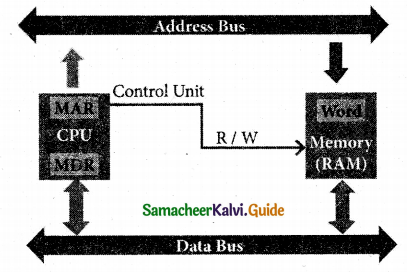
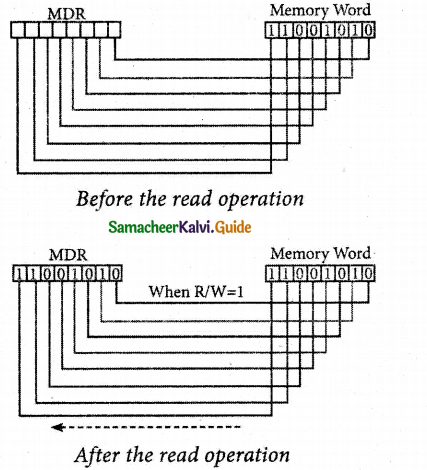
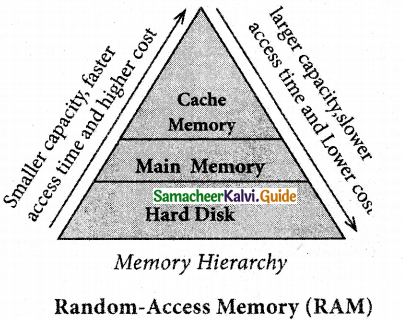
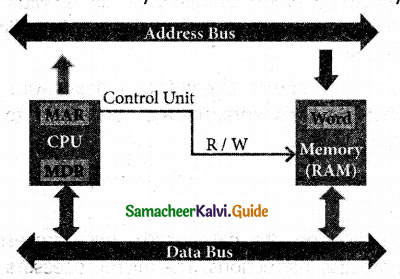

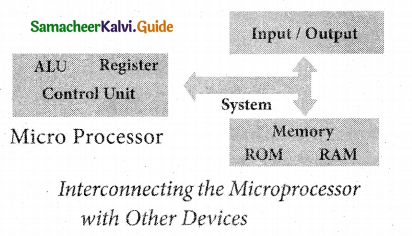
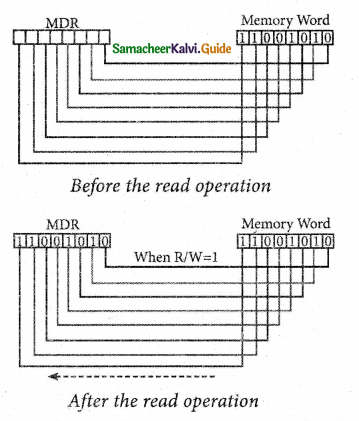
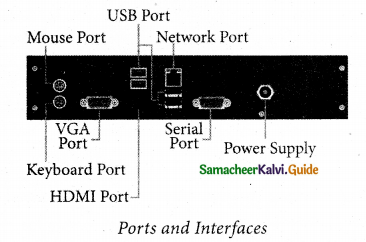
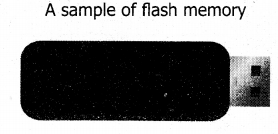
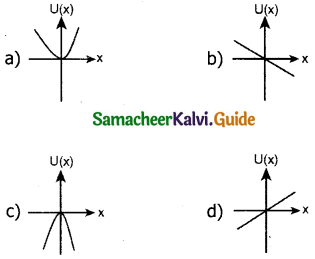

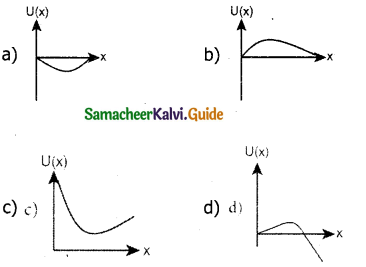


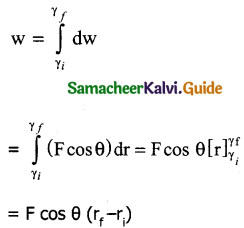
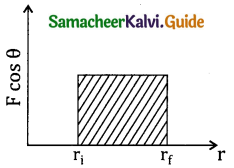

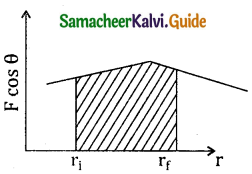
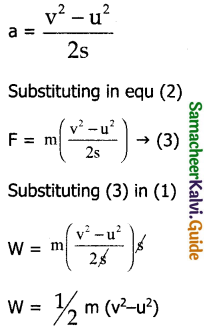
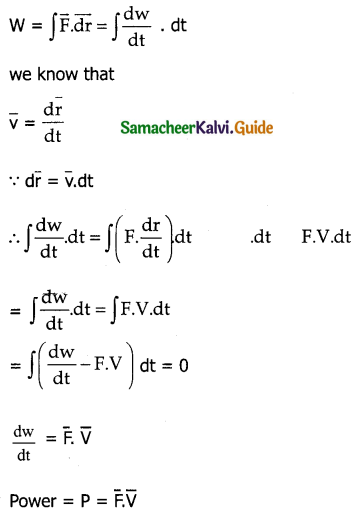
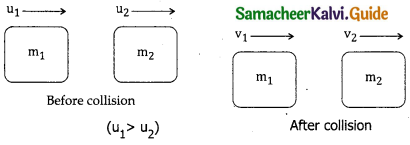
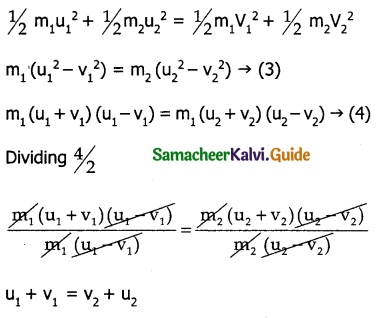
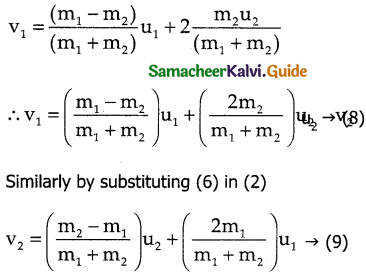
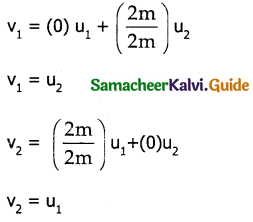
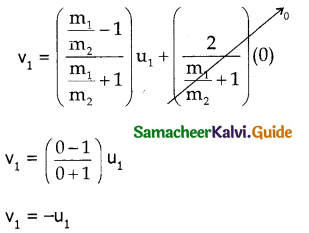
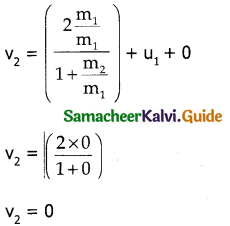

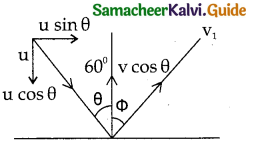
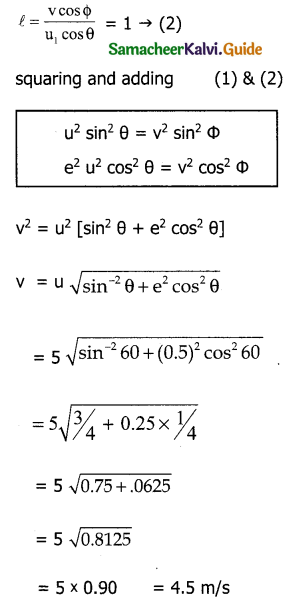
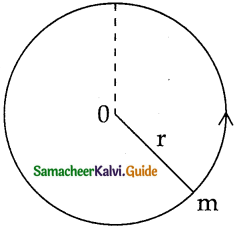
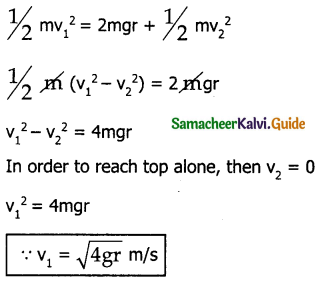
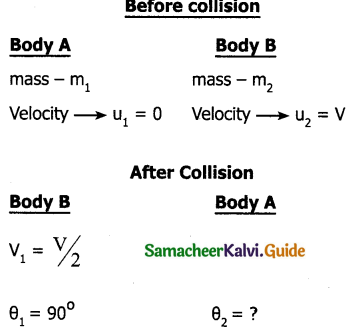
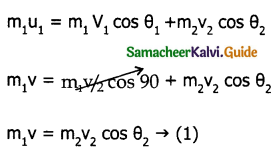
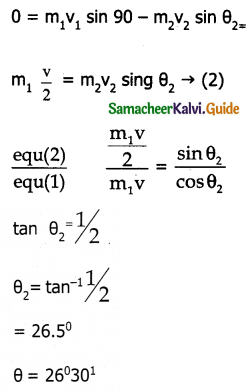
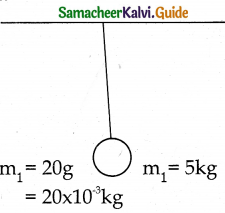
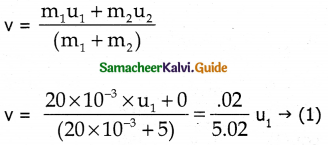
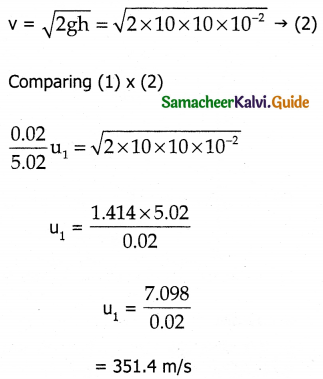
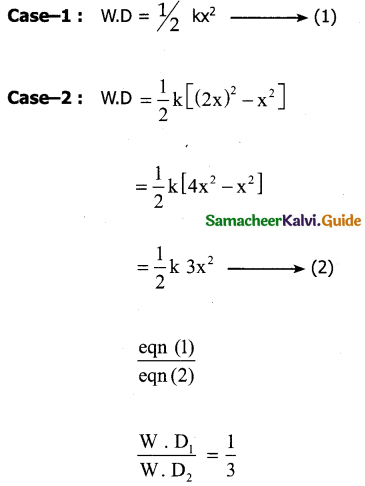

 For the surface μ = 0.4, The work done by applied force, frictional force and net force are
For the surface μ = 0.4, The work done by applied force, frictional force and net force are